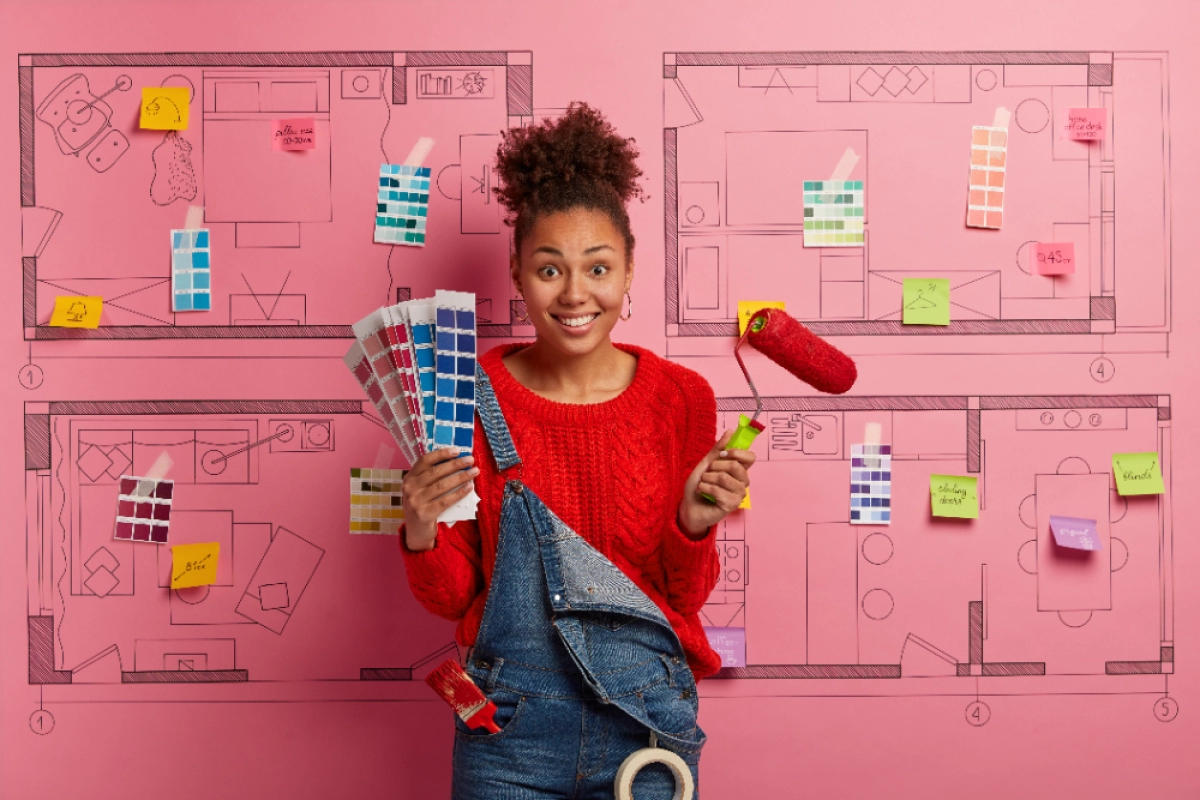The Core of Innovative Architecture
Modern architecture focuses on blending aesthetics with purpose. It’s not enough for a building to look appealing; it must serve its occupants effectively while addressing broader societal challenges. Here are the key pillars of innovative and functional architecture:
-
Sustainability: The use of eco-friendly materials and energy-efficient systems has become paramount. Architects are now designing net-zero energy buildings that generate as much energy as they consume. Rainwater harvesting systems, solar panels, and green roofs are becoming standard features.
-
Adaptability: Spaces that can transform based on changing needs are gaining traction. Modular construction and movable walls allow buildings to adapt without significant structural changes.
-
Technology Integration: Smart building systems powered by IoT (Internet of Things) make spaces more efficient and user-friendly. Automated lighting, climate control, and security systems not only enhance comfort but also optimize resource consumption.
-
Community-Centric Design: Architects are prioritizing designs that foster interaction and community building. Open courtyards, shared spaces, and biophilic designs create environments that nurture connections among people and nature.
Materials Revolutionizing Modern Construction
The materials we use in construction play a pivotal role in shaping the future of architecture. Here are some noteworthy advancements:
- Cross-Laminated Timber (CLT): A sustainable alternative to steel and concrete, CLT is lightweight, strong, and environmentally friendly.
- Recycled and Upcycled Materials: From reclaimed wood to repurposed metal, these materials reduce waste and bring unique aesthetics to projects.
- High-Performance Glass: Used for facades and windows, this glass provides thermal insulation and reduces energy consumption.
- 3D-Printed Materials: Allowing for intricate designs and reduced material wastage, 3D printing is revolutionizing how structures are built.
Striking a Balance Between Form and Function
One of the most significant challenges in architecture is balancing creativity with practicality. While bold designs capture attention, they must also cater to the needs of their occupants. For example, a home designed with ample natural light and ventilation ensures comfort while reducing energy bills.
Projects like the Courtyard Residence in Thrissur exemplify this balance. By integrating traditional elements like an open courtyard with modern design principles, the space ensures natural airflow and light while meeting contemporary aesthetic standards. Similarly, projects featuring rooftop gardens or vertical forests, like Milan's Bosco Verticale, address urban challenges by adding greenery to densely populated areas.
The Role of Construction in Realizing Architectural Vision
The construction phase is where architectural dreams take shape. Precision, quality, and attention to detail are crucial to achieving innovative designs. Firms like Saveeto Design Studio excel in bridging the gap between vision and reality. Their focus on sustainable practices, client-centric designs, and state-of-the-art techniques highlights what’s possible when creativity meets craftsmanship.
Architectural Trends Shaping the Future
- Smart Homes: Equipped with IoT devices, these homes offer unparalleled convenience and efficiency.
- Vertical Cities: With urban spaces becoming limited, vertical expansion is a sustainable solution.
- Passive Design: Leveraging natural elements like sunlight and wind to reduce reliance on artificial systems.
- Biophilic Architecture: Incorporating natural elements into design to promote well-being and connectivity with nature.
Final Thoughts
Innovative and functional architecture is not just about building structures; it’s about creating environments that inspire, adapt, and endure. By prioritizing sustainability, leveraging technology, and focusing on user needs, architects are shaping spaces that reflect the aspirations of a better future. Firms like Saveeto Design Studio are at the forefront of this transformation, proving that thoughtful design can truly change the way we live and interact with our surroundings.

